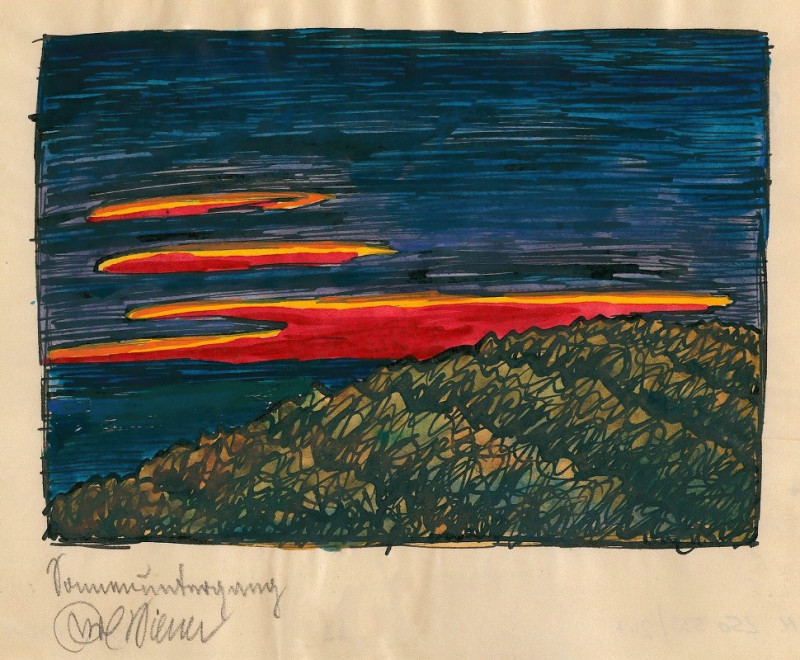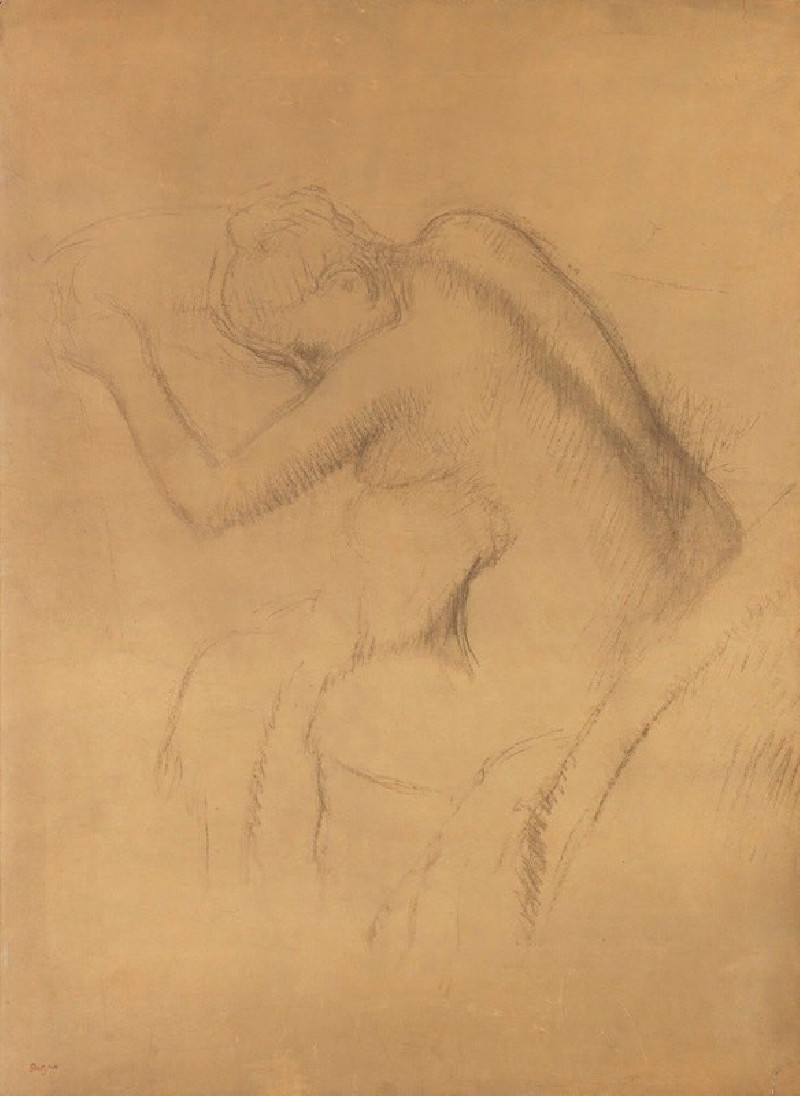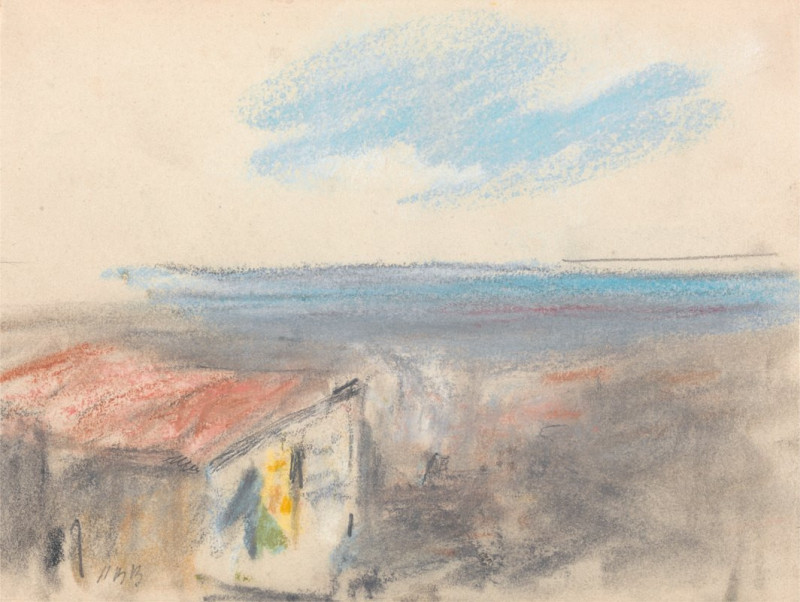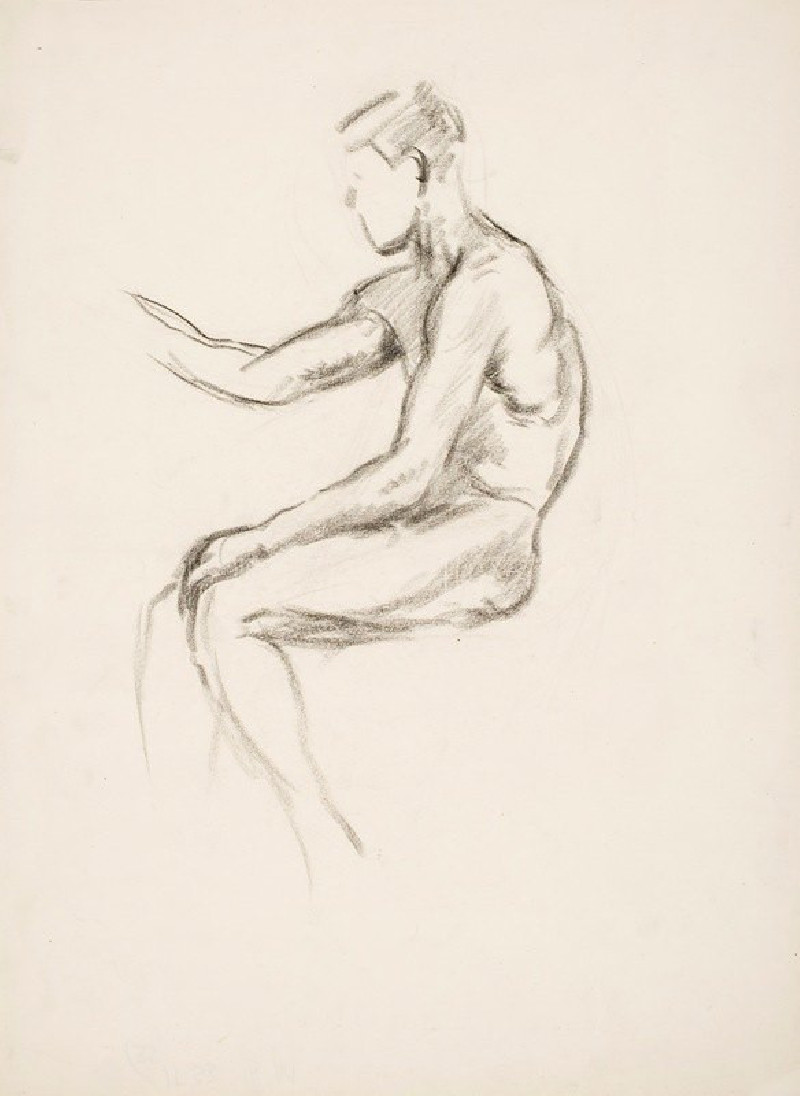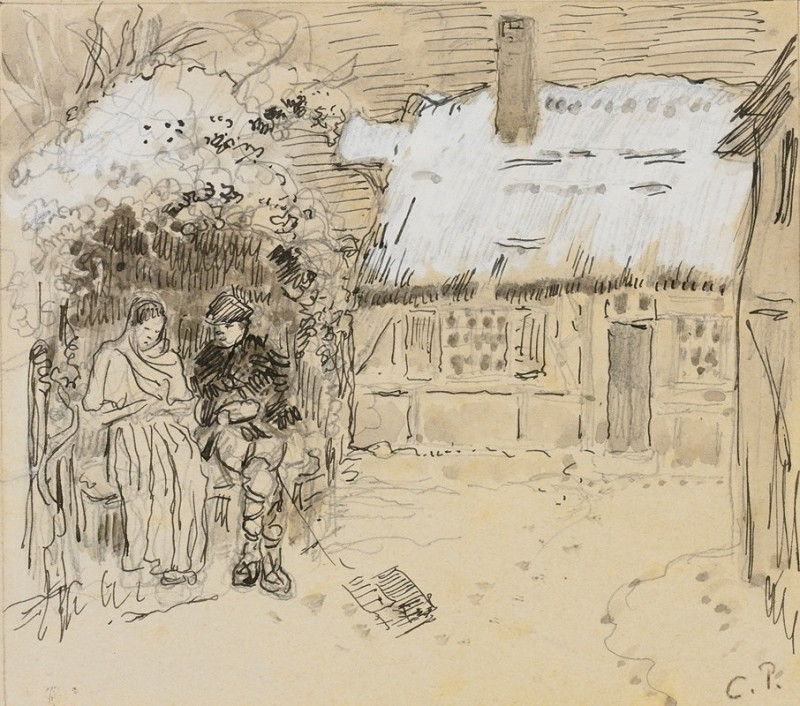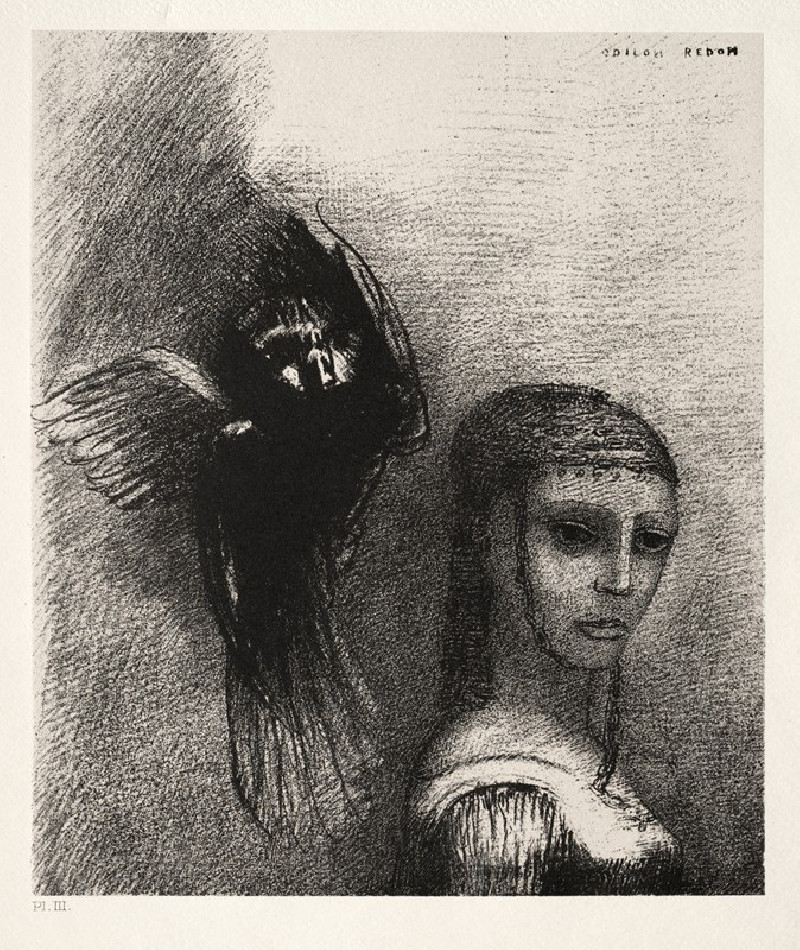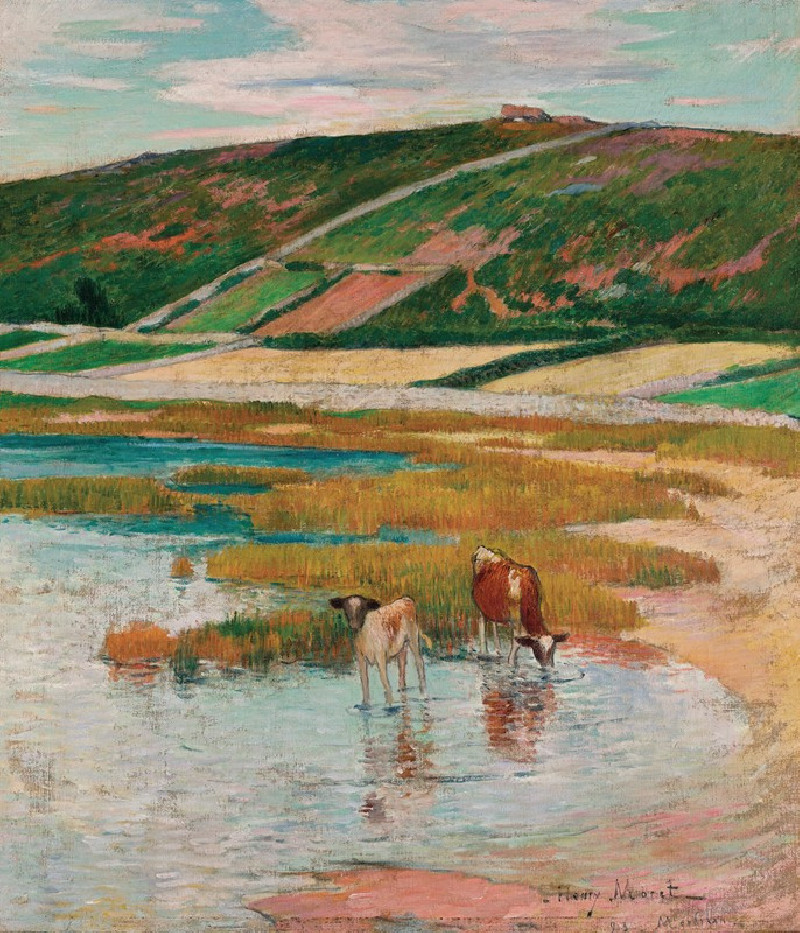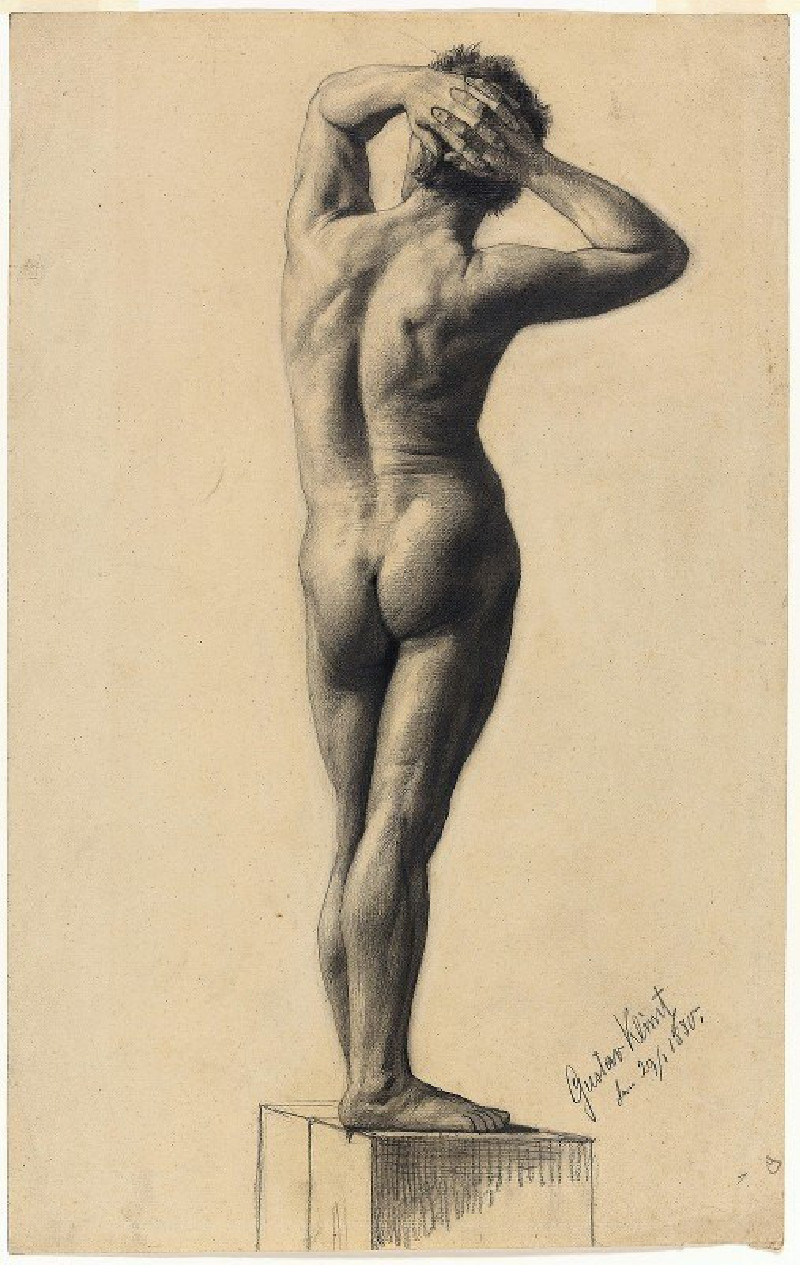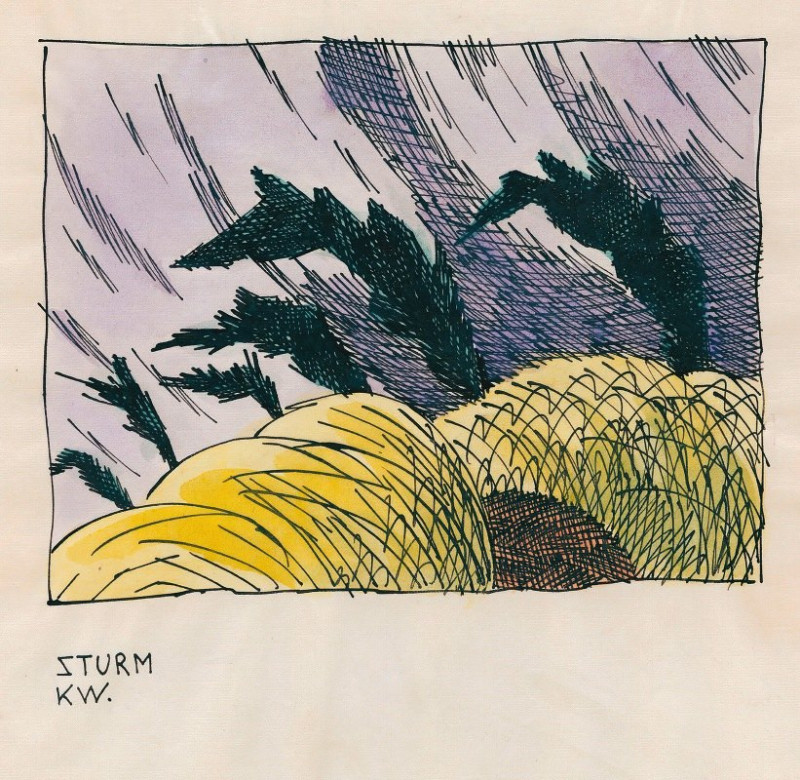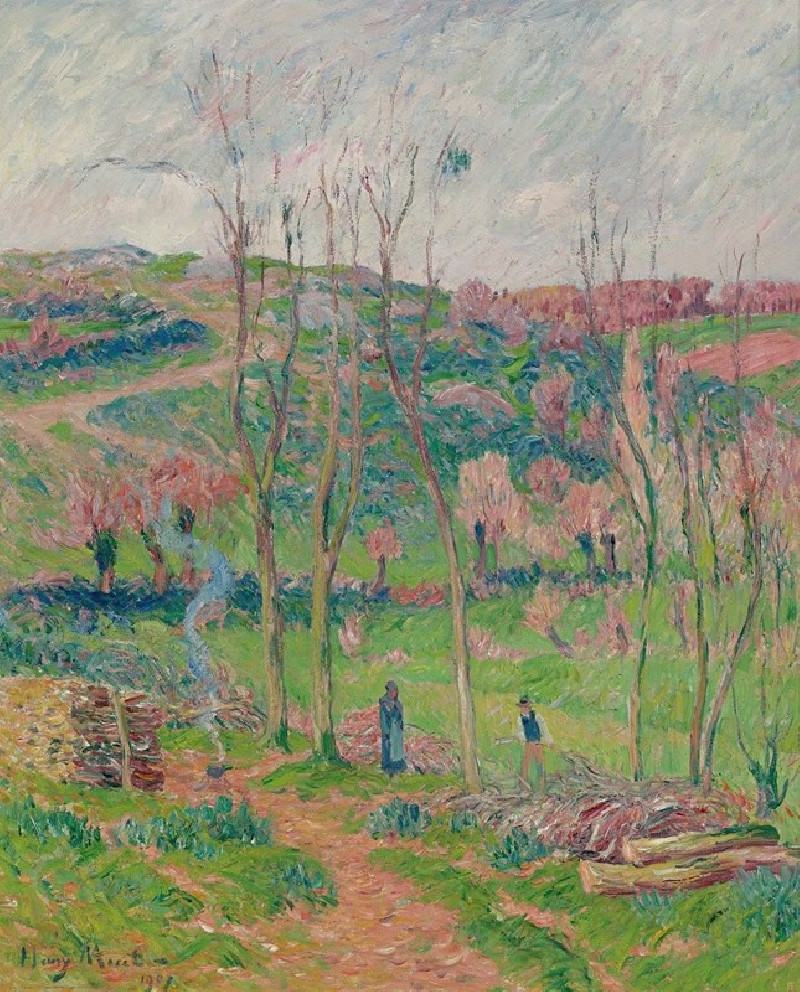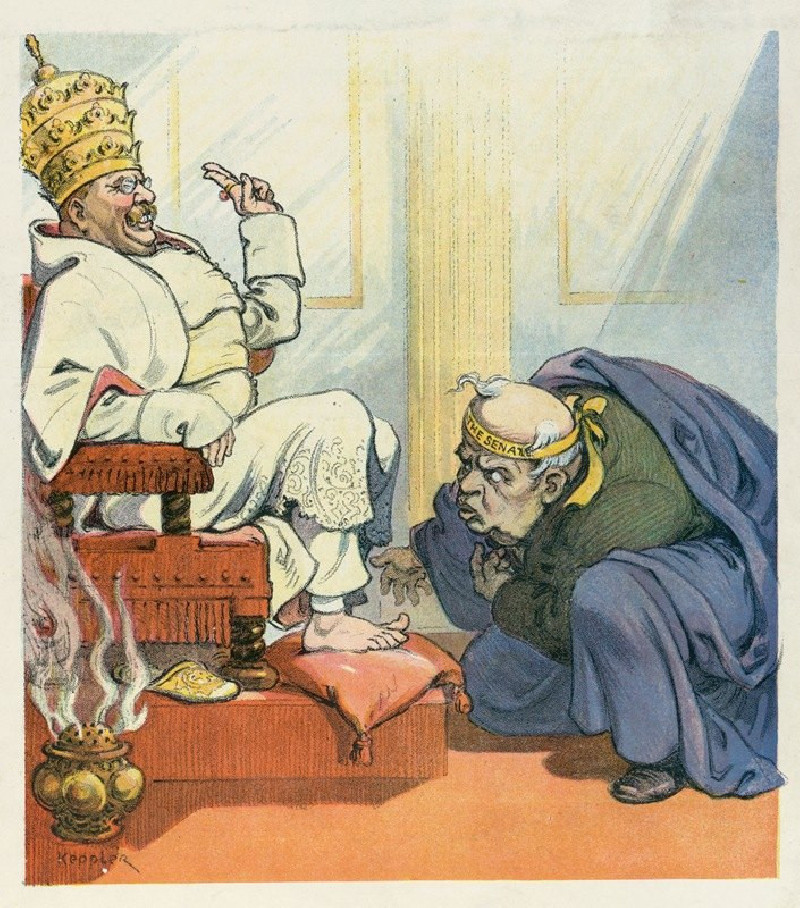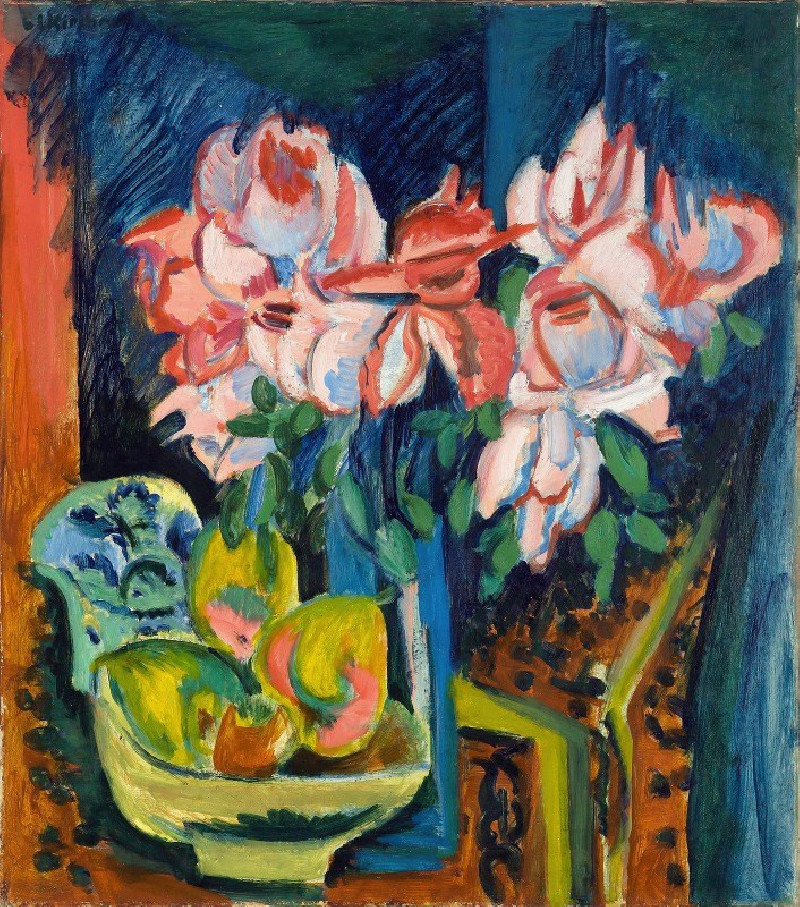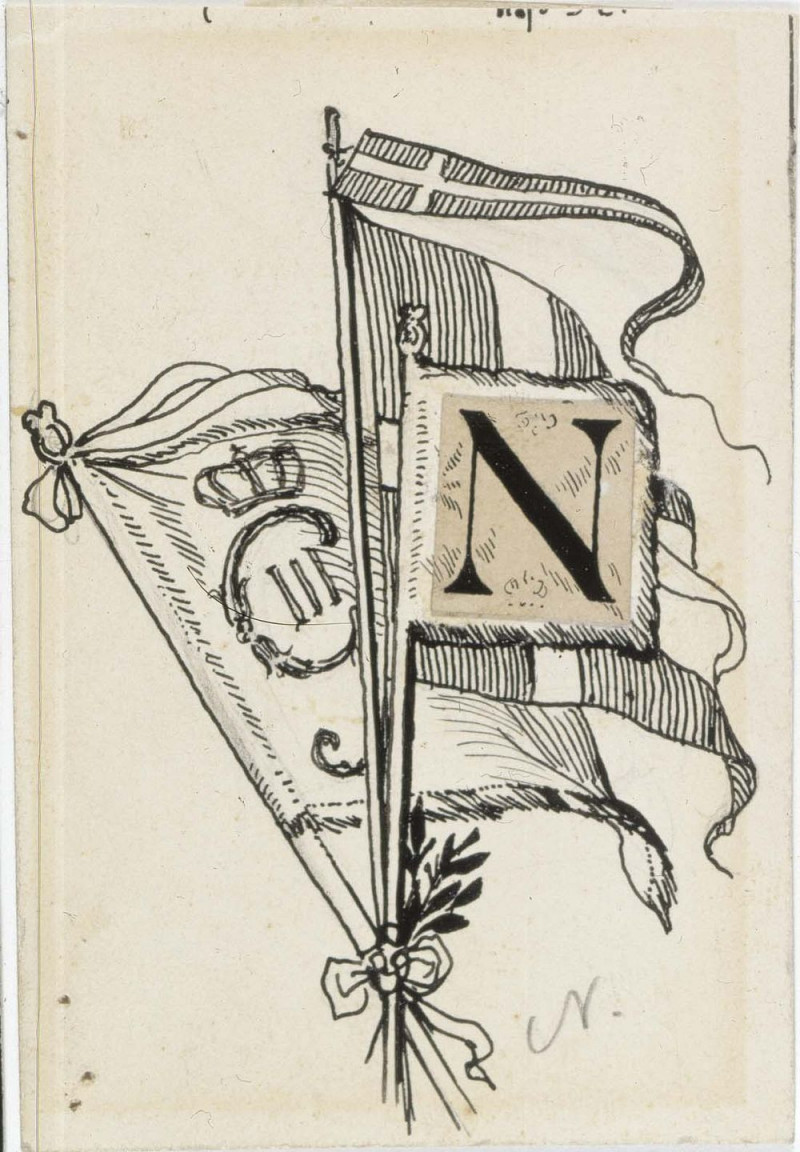Farbstudien, 10 Blätter III (1923)
Technique: Giclée quality print
Recommended by our customers
More about this artwork
On display is a captivating watercolor creation by artist Karl Wiener, titled "Farbstudien, 10 Blätter III." This painting is a vivid exploration of color and form, showcasing Wiener's mastery in blending hues to evoke deep emotional responses. The piece features a mesmerizing swirl of colors, with a radiant yellow at its core, surrounded by a vibrant pink that fades into a gentle orange, suggesting both warmth and movement.The lower half of the composition introduces a stark contrast with cooler, earthy greens and dark, almost black, strokes that hint at a landscape or perhaps abstract forms in the shade of twilight. This juxtaposition not only highlights Wiener's skillful use of watercolors to manipulate opacity and transparency but also creates a dynamic interplay between the warm radiance above and the moody terrain below."Farbstudien, 10 Blätter III" offers an enchanting visual experience, where viewers can find themselves lost in the depths of its colors, and might interpret it as an abstract representation of natural phenomena, a landscape, or purely an exploration of color and emotion.
































